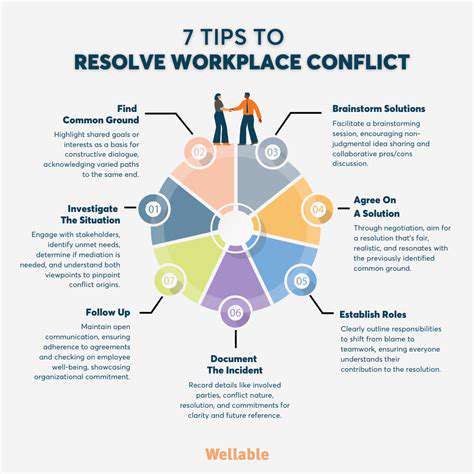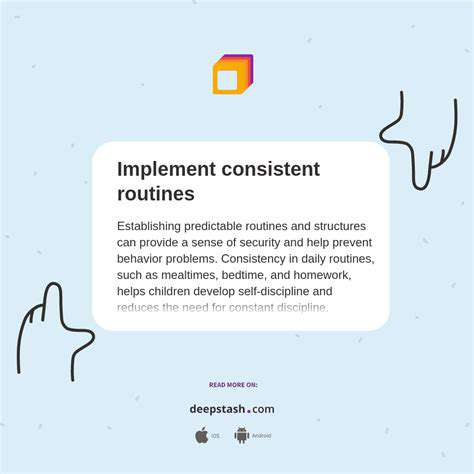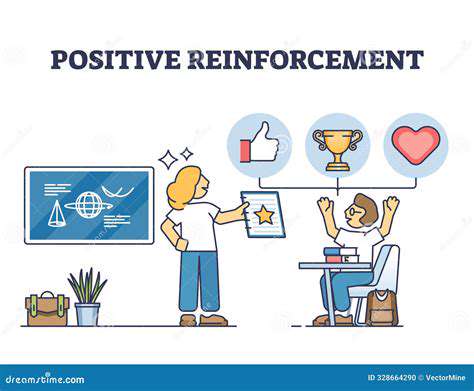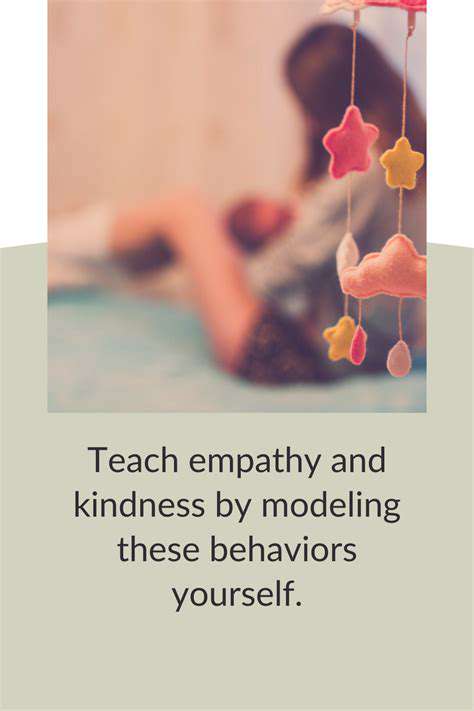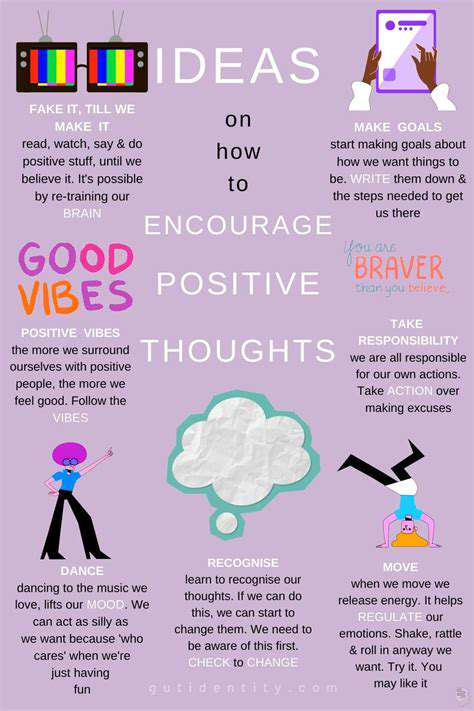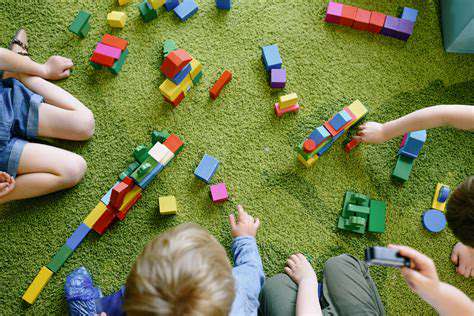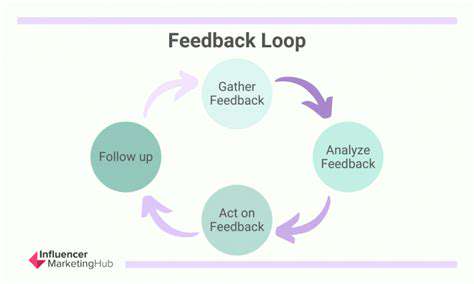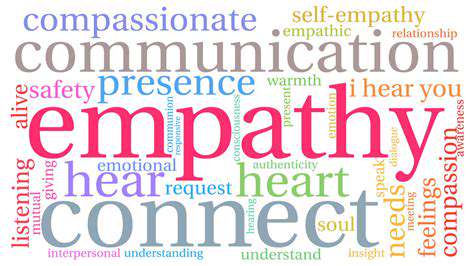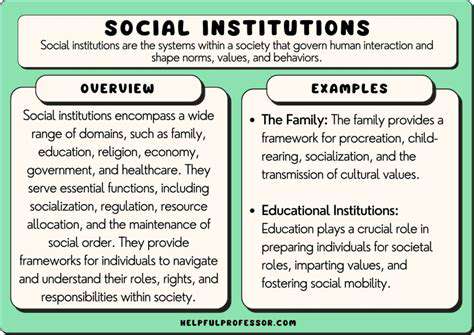Resolving Parenting Style Conflicts for Consistent Outcomes
Authoritative parents establish clear expectations and boundaries while also fostering open communication and emotional support. They provide a structured environment, but also encourage independence and problem-solving skills in their children. This style often involves active listening, negotiation, and a willingness to adjust expectations based on individual circumstances. This approach prioritizes the child's emotional well-being and development alongside clear guidance.
Authoritarian Parenting: Rules and Obedience
Authoritarian parents prioritize rules and obedience, often emphasizing strict discipline and control. They tend to have high expectations for performance and adherence to rules without much room for negotiation or discussion. While this approach may appear firm, it can sometimes stifle creativity and critical thinking in children. The emphasis on obedience often outweighs the opportunity for children to develop their own decision-making abilities.
Permissive Parenting: Freedom and Flexibility
Permissive parents often prioritize a child's freedom and independence, allowing them considerable autonomy and flexibility. They may be less likely to set firm boundaries or enforce rules consistently. While this approach can foster a child's self-reliance, it can also lead to difficulties in developing self-discipline and respect for authority figures. Children might struggle with understanding the importance of structure and consequence management.
Uninvolved Parenting: Minimal Interaction
Uninvolved parents may not be actively engaged in their children's lives, providing minimal guidance, support, or supervision. This approach can stem from various factors, including the parent's own struggles, lack of resources, or emotional distance. Children raised in uninvolved environments may experience a lack of emotional connection and guidance, potentially leading to behavioral problems and difficulties in developing a strong sense of self-worth.
Cultural Influences on Parenting Styles
Cultural norms and values significantly impact parenting styles. Different cultures have varying expectations regarding child-rearing practices, discipline methods, and the degree of independence encouraged. Understanding these cultural influences is vital in recognizing the diversity of parenting approaches and avoiding misinterpretations or judgments based on personal biases.
Identifying Potential Conflicts
Conflicts arise when differing parenting styles clash within a household or family unit, particularly when children are involved. These conflicts can stem from disagreements on discipline strategies, expectations for behavior, or approaches to problem-solving. Identifying these potential conflicts early on can facilitate productive communication and create a more harmonious environment for everyone.
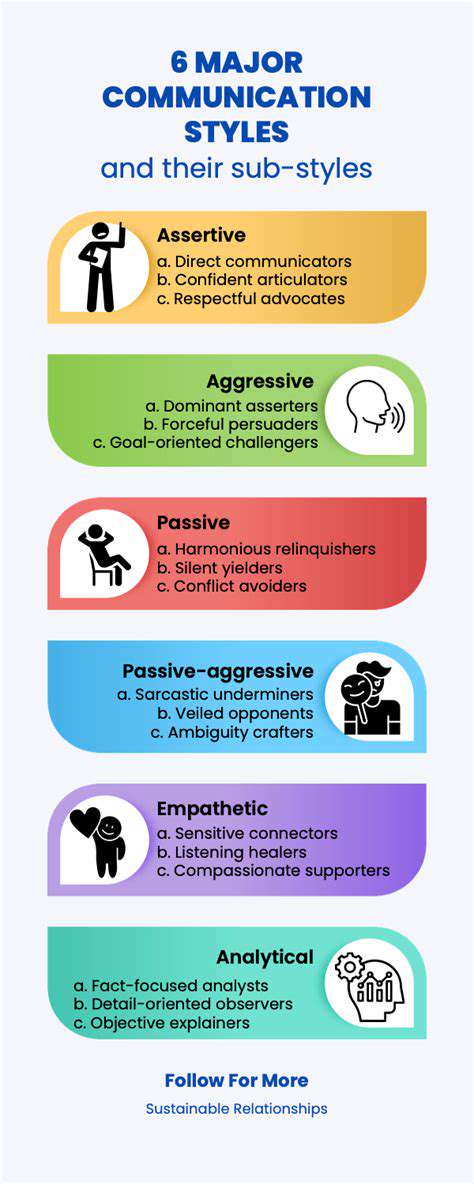
Do you remember the awkwardness of making your first independent annual budget? Facing a dense array of numbers, I finally understood that financial literacy is not a multiple-choice question but a survival skill. Data from the National Endowment for Financial Education shows that individuals who have received systematic financial education see an average savings efficiency increase of 37%, with a 52% decrease in debt default rates, confirming that financial education must begin to permeate during adolescence.
Adapting and Evolving the Parenting Approach
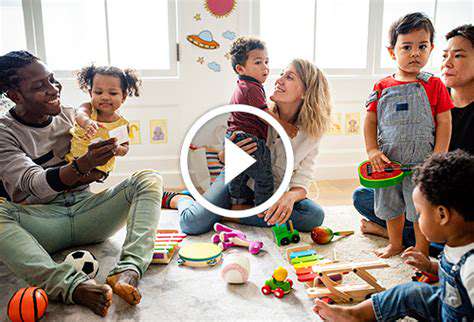
Embracing Change in Parenting
Parenting is a dynamic journey, constantly evolving with the needs of both the child and the parent. Adapting to these changes is crucial for fostering a healthy and supportive environment. Recognizing that your approach may need adjustments as your child grows and develops is a key component of effective parenting.
Acknowledging that parenting styles are not static but rather fluid is important. The techniques that worked well during infancy may need modification as your child transitions into toddlerhood, childhood, and adolescence. This flexibility allows for a more responsive and effective parenting strategy.
Understanding Developmental Stages
Understanding the various developmental stages your child is going through can significantly impact your parenting approach. Each stage presents unique challenges and opportunities for growth. Knowing what to expect can help parents anticipate and address potential issues proactively.
Focusing on the specific developmental milestones and challenges of each stage can help you adjust your parenting strategies. For example, understanding the cognitive and emotional changes associated with adolescence can empower parents to navigate those years more effectively.
Cultivating Open Communication
Open communication is essential for a strong parent-child relationship. Encourage your child to express their thoughts and feelings, and actively listen to what they have to say. Creating a safe space for open dialogue allows for better understanding and problem-solving.
Responding to Emotional Challenges
Children experience a wide range of emotions. Learning to identify and validate these emotions is vital for healthy emotional development. Helping children understand and manage their feelings is a crucial part of parenting.
Equipping children with coping mechanisms for dealing with difficult emotions is an important part of the process. Modeling healthy emotional responses yourself can also be incredibly valuable.
Promoting Independence and Responsibility
As children grow, it's crucial to foster a sense of independence and responsibility. Gradually granting more autonomy and encouraging participation in household chores or tasks can build confidence and self-reliance. This process promotes personal growth and prepares children for future challenges.
Addressing External Influences
External factors such as peer pressure, social media, and cultural influences can significantly impact a child's development and behavior. Understanding these influences can help parents guide their children towards positive choices and navigate potential conflicts.
Staying informed about current trends and societal issues is essential for parents to effectively support their children. This allows for a more informed and proactive approach to addressing challenges as they arise.
Seeking Support and Resources
Parenting can be challenging at times, and seeking support from other parents, family members, or professionals is essential. Connecting with a supportive network can provide valuable insights, advice, and encouragement. Don't hesitate to reach out for help when needed.
Utilizing parenting resources, such as books, workshops, or online communities, can provide valuable guidance and support. Staying informed about best practices and current research can significantly enhance parenting skills.
